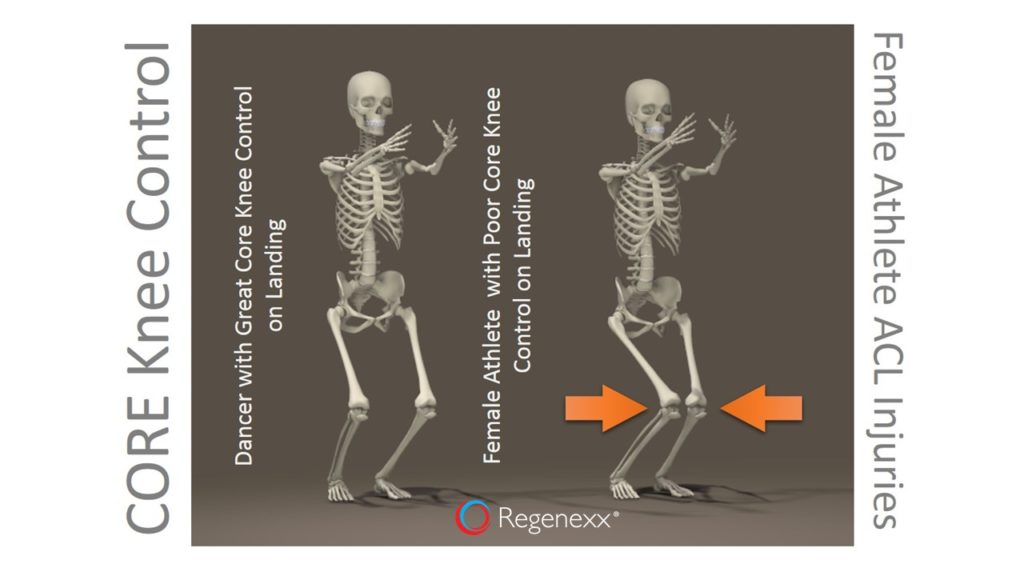Women’s Soccer ACL: Why Do Women Athletes Injure their ACL Ligaments More than Men?
It seems like every day we hear about some women’s soccer ACL injury. Female ACL injuries in sports are through the roof. 15 years ago, it was relatively uncommon to see a teenage girl come in with an ACL tear, now it seems like it’s common place. Much of this seems to be due to the rise of U.S. women’s soccer, which in many ways has become a dominant world force. Many theories have been thrown around about what makes women more susceptible to these knee ACL injuries, but a new research study seems to show a nice rationale for why this happens and what can be done to prevent the problem.
The new study looked at women and men athletes and threw in female dancers for an interesting control group, as ACL injures are rarer for women’s ballet. The participants were dropped from a height and observed using sophisticated bio mechanical analysis while they landed. What did they see? The male athletes and women dancers had much better control of their knee as they landed. The women athletes tended to let their knee adduct as they landed (see above illustration). This makes sense, as women have generally wider pelvis bones and it would therefore take more force from the hip abductor muscles to keep the knee from moving inward during landing. Unlike soccer players, dancers go through extensive core conditioning protocols with rigorous routines like Pilates, so it’s not surprising that they have better control over the hip and knee. In addition, they practice how to land in a controlled way every day. I call this key element to prevent a knee ACL injury “CORE knee control”.
The study really shows both the problem and the solution. Female athletes need to be beefing up their abductor muscles and core strength or CORE knee control. They should also be evaluated in landing to see if they can control the knee and if they can’t, pursue specific strengthening and conditioning programs until they have that control.
The upshot? I’d be happy if every young athlete had this issue evaluated and worked to fix it rather than performing stem cell procedures on torn ACLs!

NOTE: This blog post provides general information to help the reader better understand regenerative medicine, musculoskeletal health, and related subjects. All content provided in this blog, website, or any linked materials, including text, graphics, images, patient profiles, outcomes, and information, are not intended and should not be considered or used as a substitute for medical advice, diagnosis, or treatment. Please always consult with a professional and certified healthcare provider to discuss if a treatment is right for you.

